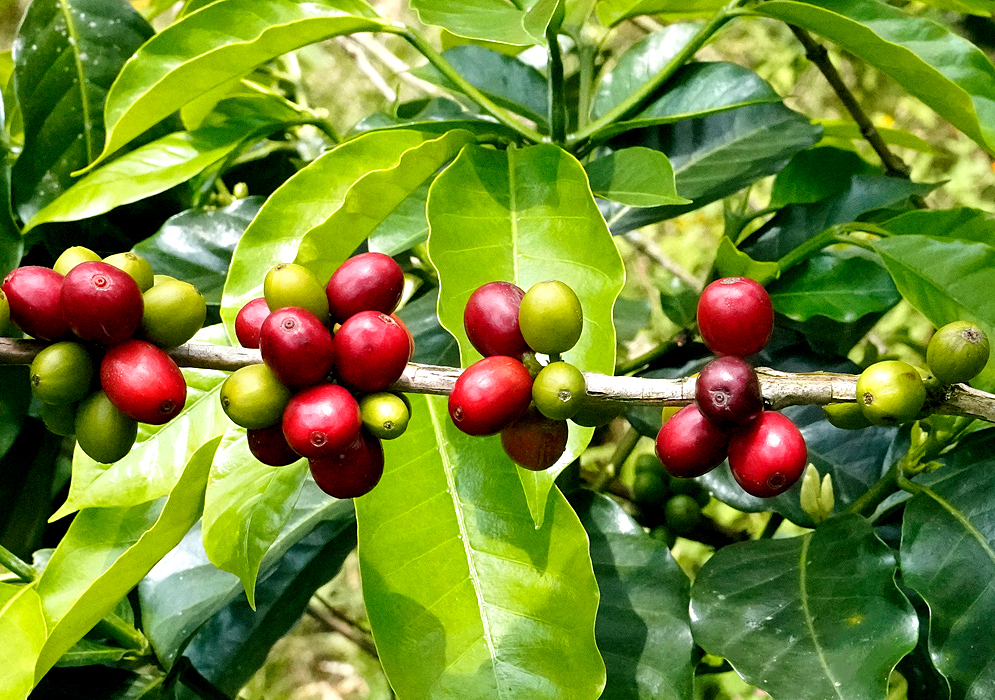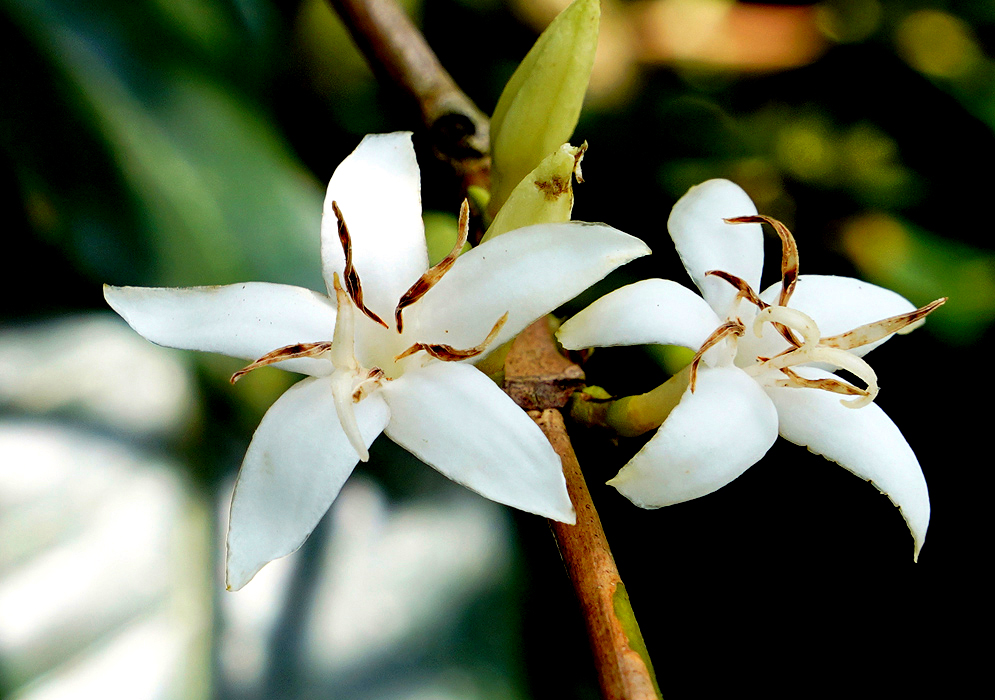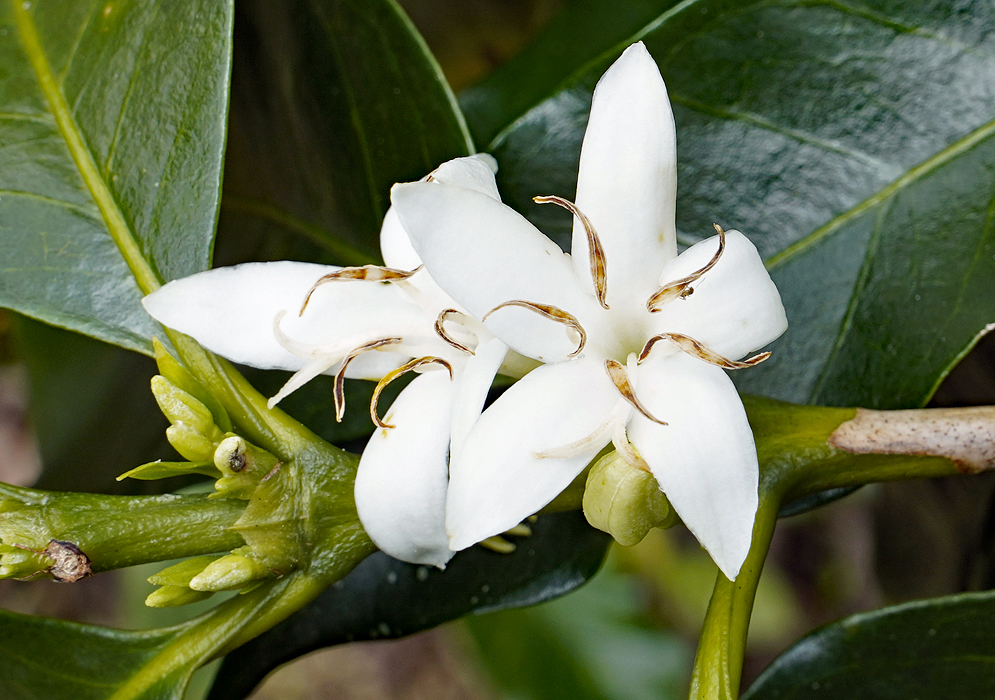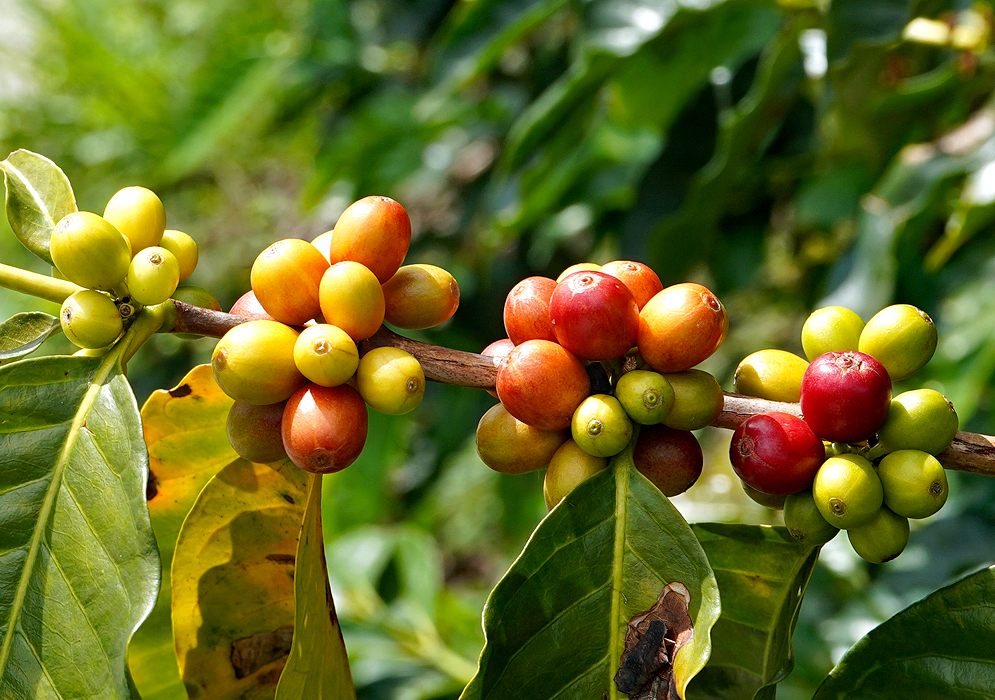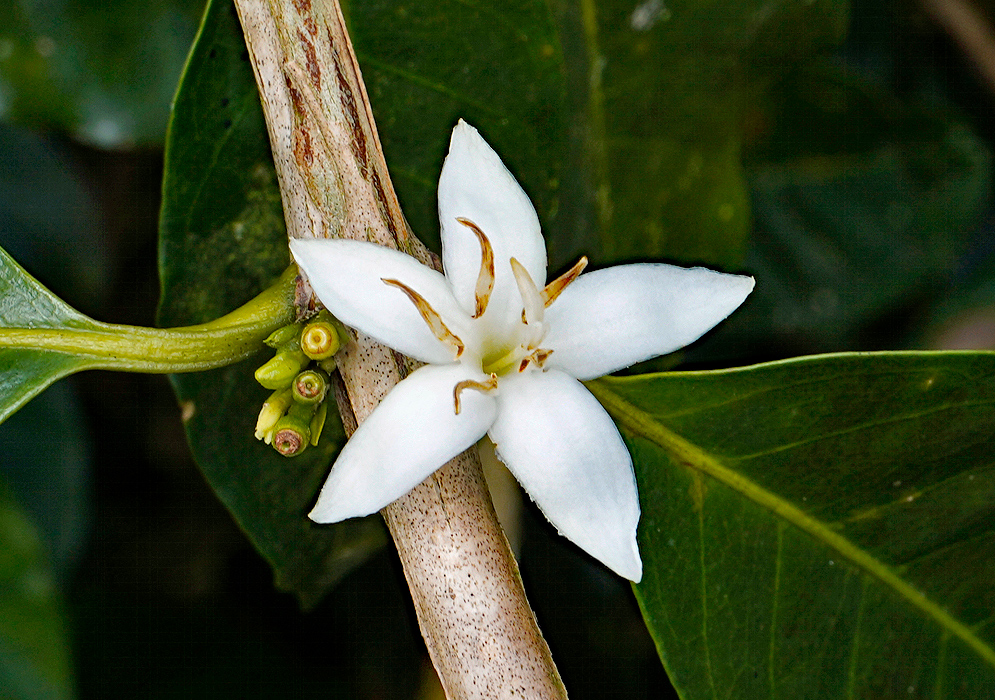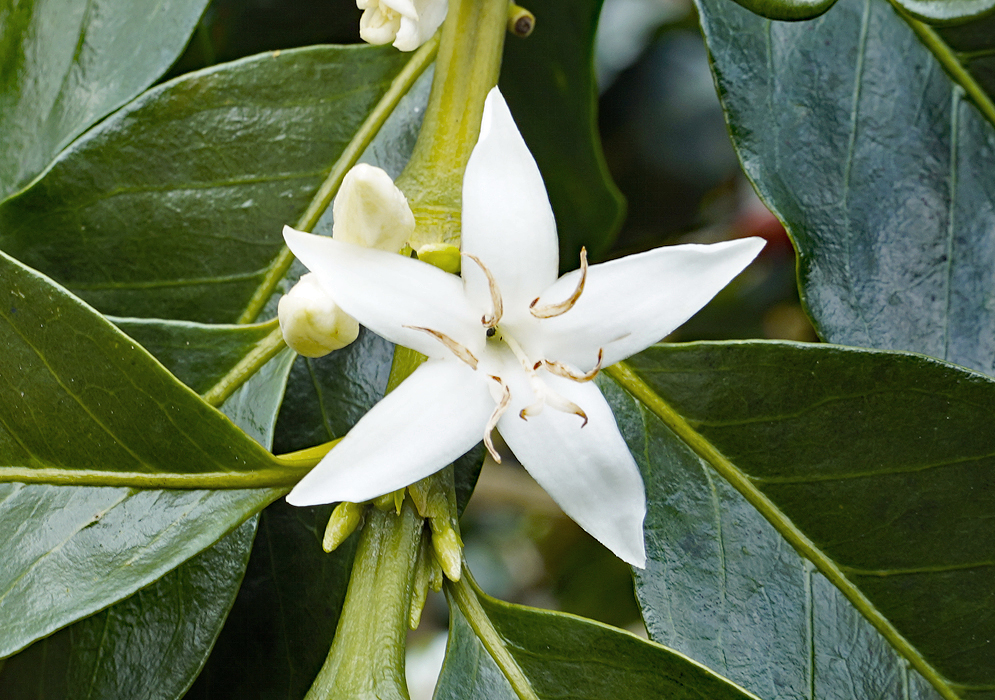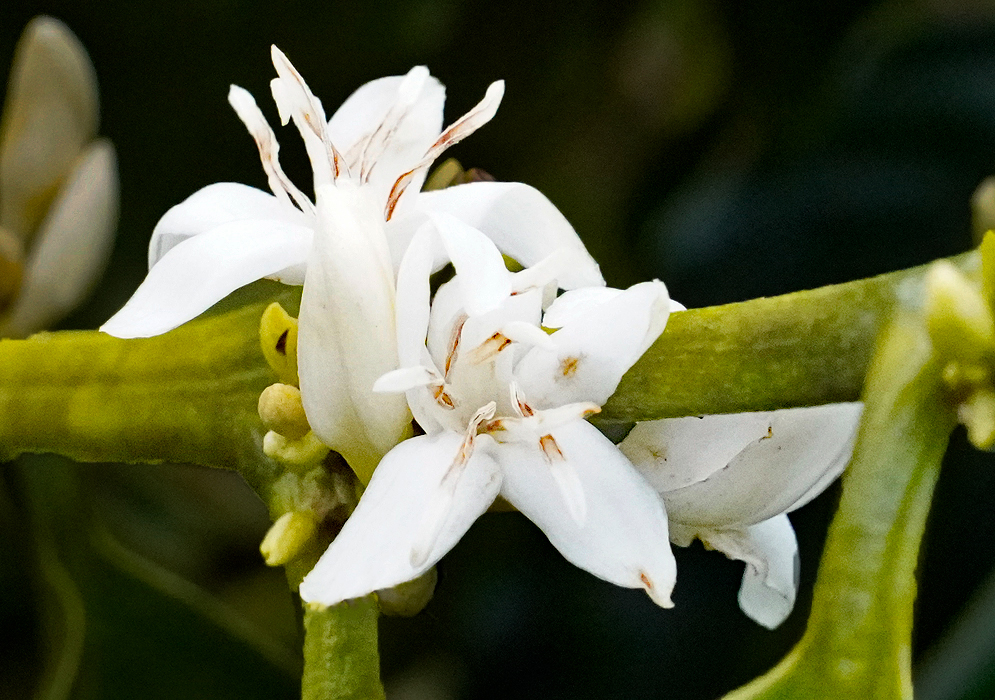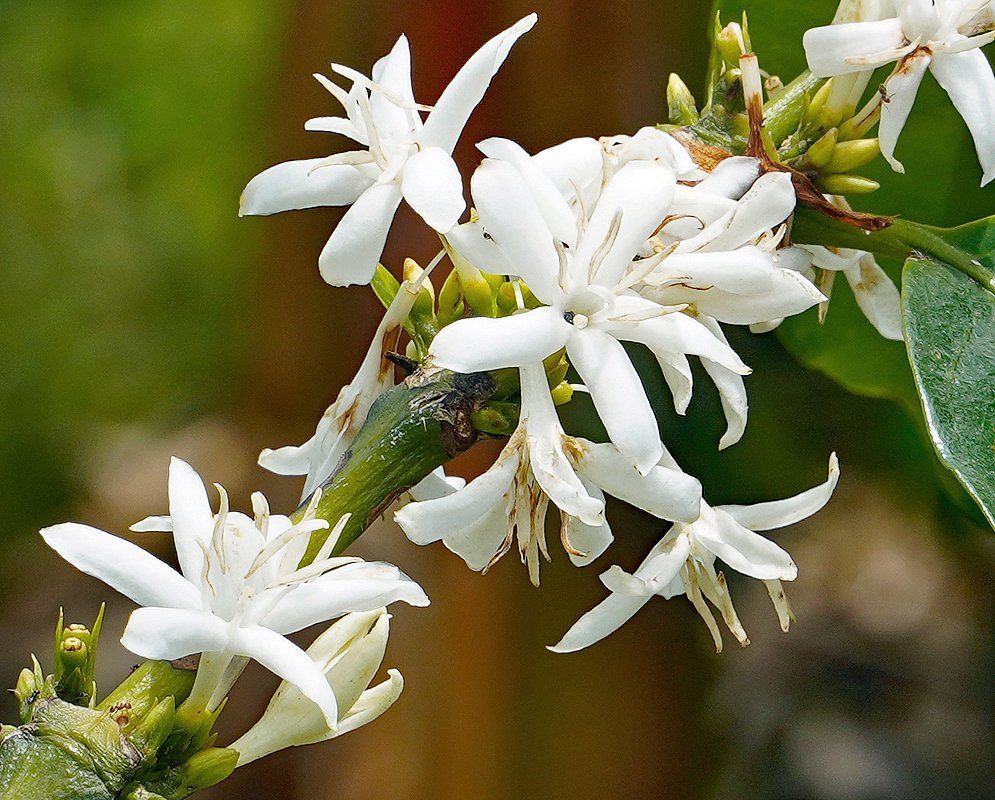This post has 11 Simple Fields-fields attached. Show fields.
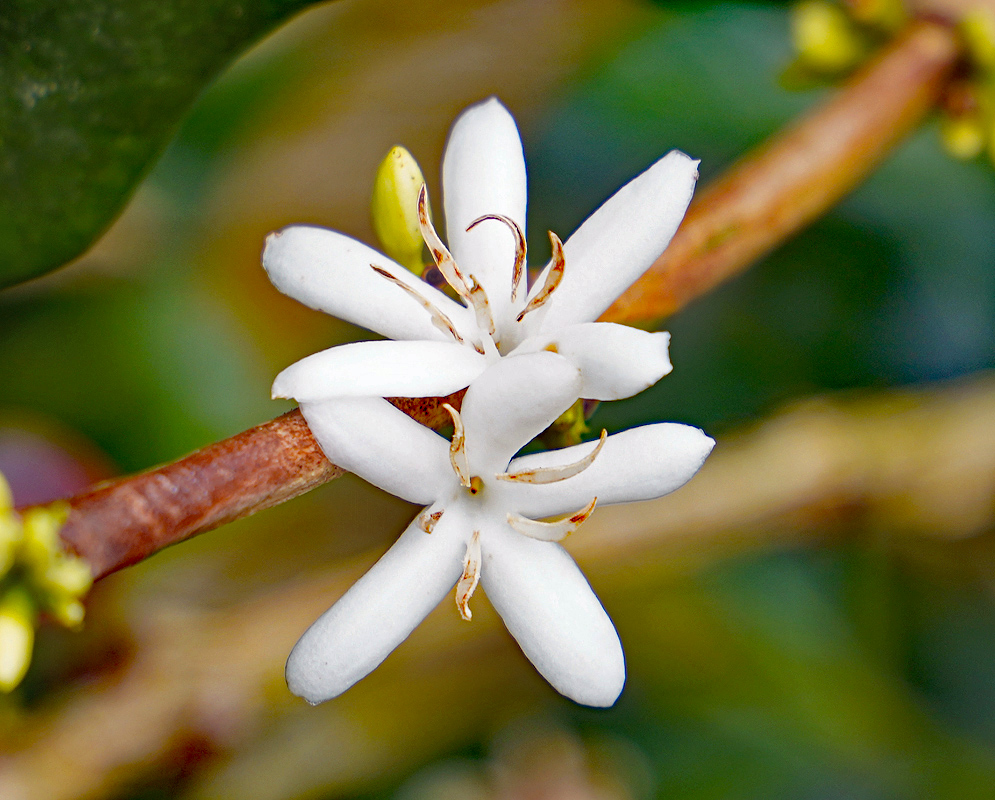
Native to the highlands of Ethiopia, the evergreen shrub commonly known as Arabica Coffee has profoundly impacted global cultures and economies. Thriving in cooler tropical climates, it's often found growing at higher elevations, particularly in regions with rich soil and adequate rainfall. As the primary source of coffee beans, its cherries are processed and roasted to yield the world's most widely consumed beverage after water. When brewed, Arabica coffee boasts a diverse flavor profile that ranges from sweet and tangy to bold and intense, depending largely on its region of cultivation and processing method. This species has been extensively cultivated, leading to the development of numerous cultivars and hybrids to meet the diverse tastes of coffee enthusiasts. These efforts have been essential in ensuring disease resistance and optimizing yield, particularly in the face of threats like coffee rust. Brazil, Vietnam, Colombia, Indonesia, and Ethiopia stand out as the leading producers, together commanding a significant share of the global market. Café is Colombia´s biggest cash crop and grows between elevations of 700 and 9,000 feet. Coffea arabica is the primary species cultivated. Beyond its commercial use, Arabica Coffee has demonstrated potential health benefits, including improved cognitive function and reduced risk of certain diseases, attributed to its rich antioxidant content. Its fragrant white flowers do not last long. Photographed in the central Andes mountain range of Colombia (Cordillera Central).
